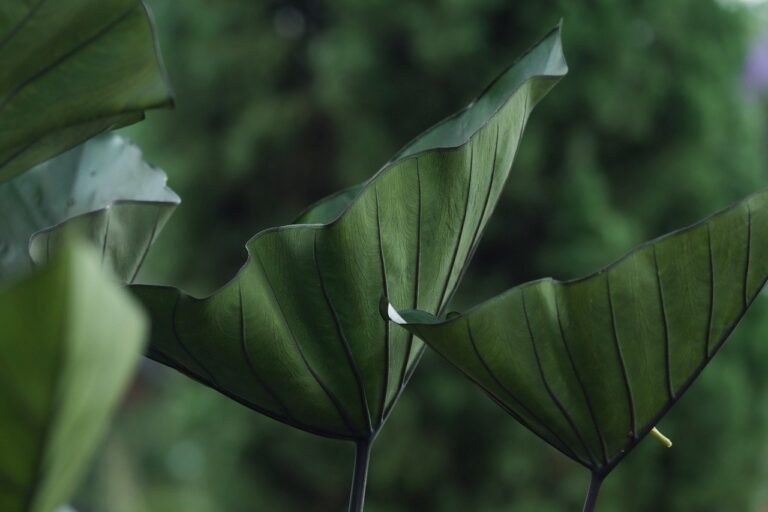As homeowners, we often seek to create outdoor spaces that reflect our personal style and provide a sanctuary from the hustle and bustle of everyday life. In the quest for the perfect garden, we might be tempted to jump on the latest garden trend bandwagon. However, not all garden fads are worth your time or money. Some can even detract from your garden’s beauty and functionality. This article will guide you through some overrated garden fads and suggest ways to achieve a timeless outdoor decor that focuses on garden design and lawn care without succumbing to fleeting outdoor fashion.
The Pitfalls of Trendy Garden Designs
Garden trends come and go, but the fundamental principles of garden design are enduring. Before you overhaul your garden to include the latest fad, consider whether it will stand the test of time or become a regrettable phase.
Superficial Decor Over Substance
The allure of quick fixes in garden decor, like whimsical sculptures or trendy color schemes, often fails to enhance the natural beauty of a garden. Instead, they may distract from the lushness of the plant life. A garden should be a celebration of nature, not a showroom for the latest retail garden decor.
Overly Thematic Gardens
While it can be fun to theme your garden around a specific idea—like a tropical paradise or a desert landscape—these concepts can quickly become overdone and impractical. Themes should complement the natural environment and climate, not fight against it.
High-Maintenance Features
Water features and exotic plant species may look stunning in a magazine spread, but they often require a significant amount of upkeep. Before introducing such elements, consider whether you have the time and resources to maintain them properly.
Garden Trends to Avoid
When planning your garden, it’s wise to be cautious of certain trends that may not deliver the expected value or may even create additional work for you.
Overly Manicured Lawns
A pristine, golf course-like lawn may seem desirable, but it can be environmentally unfriendly and time-consuming to maintain. Opt for a more natural lawn care approach that encourages biodiversity and reduces the need for constant watering and mowing.
Excessive Use of Paving
While paving can create clean lines and defined spaces, too much of it can eliminate the greenery that makes a garden inviting. Use paving sparingly and balance it with lush plantings to keep your garden feeling like a natural retreat.
Single-Use Spaces
Gardens that are designed for a single purpose—such as dining or lounging—often underutilize the potential of the space. A well-designed garden should be versatile, offering multiple uses and settings for enjoyment throughout the year.
Monochrome Plantings
While a monochrome garden can be striking, it can also feel sterile and unwelcoming. Gardens thrive on diversity, so incorporating a variety of colors, textures, and species will create a more dynamic and inviting space.
Timeless Garden Design Principles
Instead of chasing garden fads, focus on timeless design principles that will ensure your garden remains beautiful and functional for years to come.
Embrace Local Flora
Choose plants native to your region for a garden that’s easier to maintain and more in harmony with the local ecosystem. Native plants are adapted to your climate and soil conditions, which means they’ll thrive with less effort on your part.
Balance Hardscaping with Greenery
Incorporate hardscaping elements, such as paths and patios, in a way that complements the natural vegetation. This creates a balanced environment that’s both functional and aesthetically pleasing.
Create Functional Spaces
Design your garden with functionality in mind. Consider how you want to use the space, whether it’s for entertaining, relaxing, or gardening, and create areas that support these activities without compromising the overall design.
Use Sustainable Practices
A sustainable garden is not only good for the environment but also easier to maintain. Incorporate practices like composting, water conservation, and organic pest control to create a garden that’s both eco-friendly and practical.
The Importance of Quality Lawn Care
A healthy, well-maintained lawn is the foundation of any great garden. Here are some tips for achieving a lush lawn without falling prey to overrated trends.
Regular Maintenance
Consistent mowing, watering, and fertilizing will keep your lawn looking its best. Avoid cutting the grass too short, as this can stress the lawn and make it more susceptible to weeds and diseases.
Aeration and Overseeding
Aerating your lawn allows for better water and nutrient absorption, while overseeding can help thicken the grass and crowd out weeds. Both are essential practices for a robust lawn.
Natural Pest Control
Resist the urge to use chemical pesticides, which can harm beneficial insects and the environment. Opt for natural pest control methods that promote a healthy ecosystem in your garden.
Embrace Imperfections
A few weeds or patches of clover aren’t the end of the world. Embracing a more natural lawn can save you time and energy while providing habitat for wildlife.
The Takeaway
Garden fads may be tempting, but they’re often overrated and can lead to disappointment. By focusing on proven garden design principles and quality lawn care, you can create an outdoor space that is both beautiful and sustainable. Remember that the best gardens evolve over time, reflecting the care and thought put into them rather than the whims of passing trends. So, plant wisely, design with intention, and enjoy the timeless beauty of your garden for years to come.








